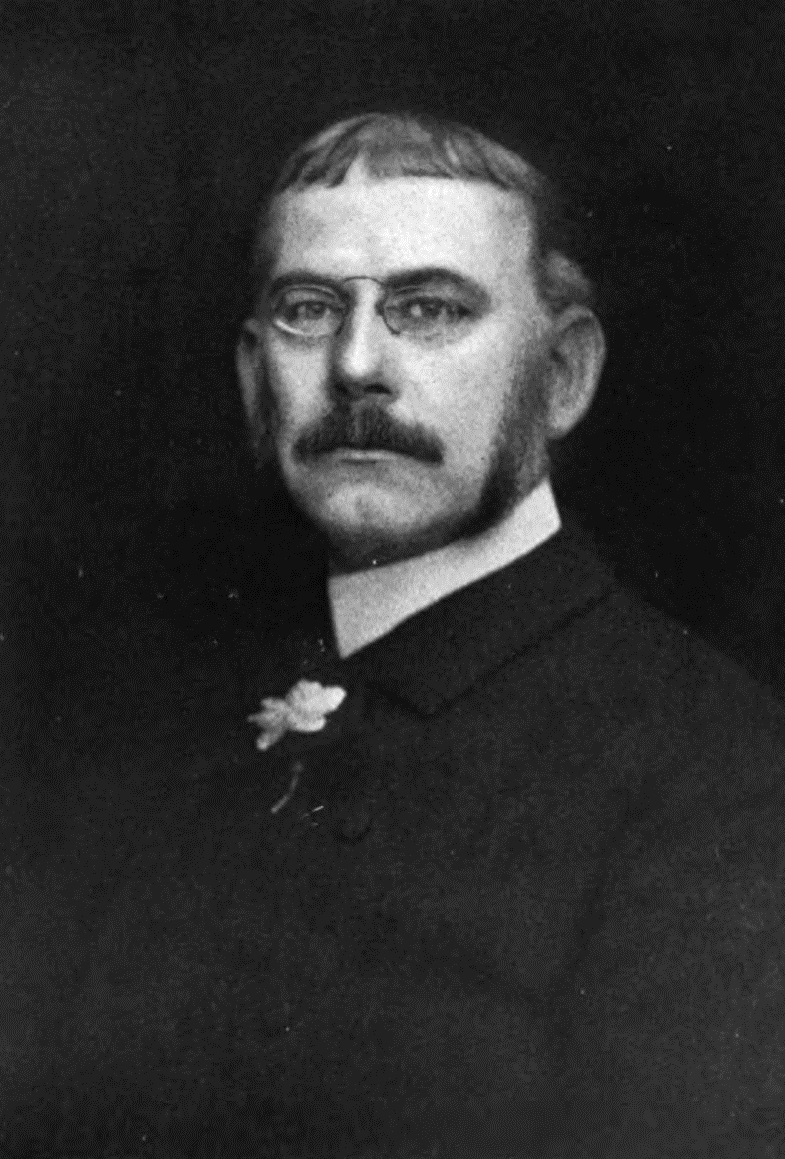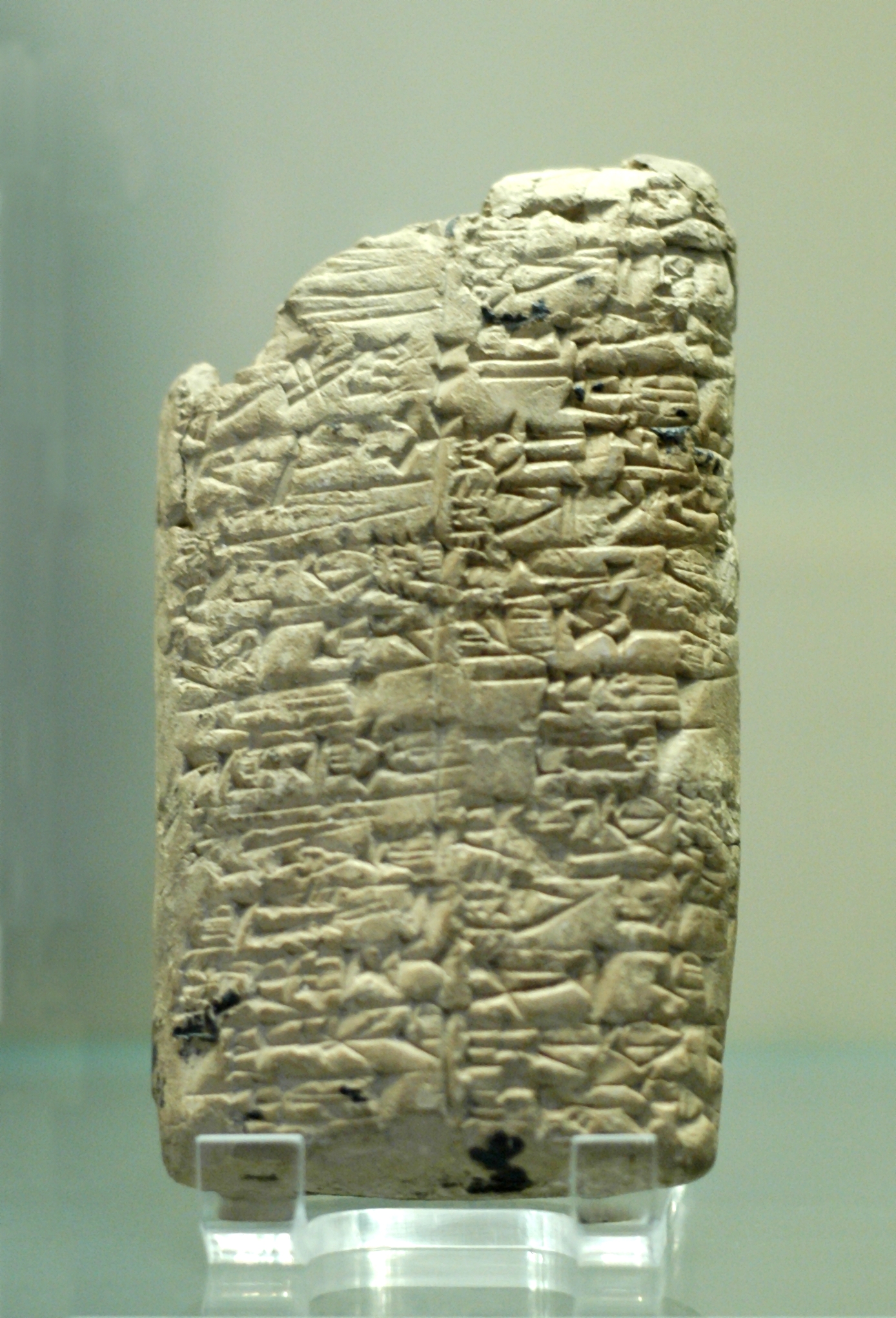|
Amarynthus (Euboea)
Amarynthos (Greek: Αμάρυνθος, , also called Βάθεια ''Váthia''), is a coastal town and a former municipality in Euboea, Greece. Since the 2011 local government reform it is part of the municipality Eretria, of which it is a municipal unit. The municipal unit has an area of 109.909 km2. Amarynthos is 8 km east of Eretria, 27 km southeast of Chalcis, 63 km northwest of Karystos and 10 km north of Kalamos, across the gulf. The Greek National Road 44 ( Thebes - Chalcis - Karystos) passes through the town. History The area of Amarynthos, along with the region of Eretria, has a long and rich history. Many scientists place Eretria of the Mycenaean period in the location of the present town of Amarynthos. The archaeological artifacts testify a permanent settlement in this location since the Late Neolithic period, around 3000 BC, which was one of the most important Helladic settlements and a significant port on the island of Euboea, during the Earl ... [...More Info...] [...Related Items...] OR: [Wikipedia] [Google] [Baidu] |
Central Greece (administrative Region)
Central Greece (, , colloquially known as Ρούμελη (''Roúmeli'')) is one of the thirteen administrative regions of Greece. The region occupies the eastern part of the traditional region of Central Greece, including the island of Euboea. To the south it borders the regions of Attica and the Peloponnese, to the west the region of Western Greece, to the north the region of Thessaly and to the northwest it shares a small border with Epirus Epirus () is a Region#Geographical regions, geographical and historical region, historical region in southeastern Europe, now shared between Greece and Albania. It lies between the Pindus Mountains and the Ionian Sea, stretching from the Bay .... Its capital city is Lamia and the largest city is Chalcis. Administration The region was established in the 1987 administrative reform. With the 2010 Kallikratis plan, its powers and authority were redefined and extended. Along with Thessaly, it is supervised by the Decentralize ... [...More Info...] [...Related Items...] OR: [Wikipedia] [Google] [Baidu] |
Greek Mythology
Greek mythology is the body of myths originally told by the Ancient Greece, ancient Greeks, and a genre of ancient Greek folklore, today absorbed alongside Roman mythology into the broader designation of classical mythology. These stories concern the ancient Greek religion's view of the Cosmogony, origin and Cosmology#Metaphysical cosmology, nature of the world; the lives and activities of List of Greek deities, deities, Greek hero cult, heroes, and List of Greek mythological creatures, mythological creatures; and the origins and significance of the ancient Greeks' cult (religious practice), cult and ritual practices. Modern scholars study the myths to shed light on the religious and political institutions of ancient Greece, and to better understand the nature of mythmaking itself. The Greek myths were initially propagated in an oral tradition, oral-poetic tradition most likely by Minoan civilization, Minoan and Mycenaean Greece, Mycenaean singers starting in the 18th century&n ... [...More Info...] [...Related Items...] OR: [Wikipedia] [Google] [Baidu] |
Central Greece (geographic Region)
Continental Greece (; formerly , ), colloquially known as Roumeli (), is a traditional geographic region of Greece.https://web.archive.org/web/20060202164242/http://www.stereaellada.gr/ In English, the area is usually called Central Greece, but the equivalent Greek term (, ) is more rarely used. It includes the southern part of the Greek mainland (sans the Peloponnese), as well as the offshore island of Euboea. Since 1987, its territory has been divided among the administrative regions of Central Greece and Attica, and the regional unit (former prefecture) of Aetolia-Acarnania in the administrative region of Western Greece. Etymology The region has traditionally been known as (), a name deriving from the Turkish word '' Rūm-eli'', meaning "the land of the Rūm Byzantine_Greeks.html" ;"title="he Romans, i.e. the Byzantine Greeks">he Romans, i.e. the Byzantine Greeks and originally encompassing all of the Ottoman Empire's European possessions. The official name ("Contin ... [...More Info...] [...Related Items...] OR: [Wikipedia] [Google] [Baidu] |
Artemis
In ancient Greek religion and Greek mythology, mythology, Artemis (; ) is the goddess of the hunting, hunt, the wilderness, wild animals, transitions, nature, vegetation, childbirth, Kourotrophos, care of children, and chastity. In later times, she was identified with Selene, the Lunar deity, personification of the Moon.Smiths.v. Artemis/ref> She was often said to roam the forests and mountains, attended by her entourage of nymphs. The goddess Diana (mythology), Diana is her Religion in ancient Rome, Roman equivalent. In Greek tradition, Artemis is the daughter of Zeus and Leto, and twin sister of Apollo. In most accounts, the twins are the products of an extramarital liaison. For this, Zeus' wife Hera forbade Leto from giving birth anywhere on solid land. Only the island of Delos gave refuge to Leto, allowing her to give birth to her children. In one account, Artemis is born first and then proceeds to assist Leto in the birth of the second twin, Apollo. Artemis was a kouro ... [...More Info...] [...Related Items...] OR: [Wikipedia] [Google] [Baidu] |
Harpers Dictionary Of Classical Antiquities
''Harper's Dictionary of Classical Literature and Antiquities'' is an English-language encyclopedia on subjects of classical antiquity. Publication history It was edited by Harry Thurston Peck and published 1898 by Harper & Brothers in New York City. (advertisement) A 1965 reprint runs to 1,750 pages. The dictionary's contents are now in the public domain The public domain (PD) consists of all the creative work to which no Exclusive exclusive intellectual property rights apply. Those rights may have expired, been forfeited, expressly Waiver, waived, or may be inapplicable. Because no one holds .... References External links The dictionary is accessible online in various formats: Perseus Digital Library at uchicago.eduPerseus Digital Library at tufts.edu(with illustrations) Reference works in the public domain 1898 non-fiction books Harper & Brothers books American encyclopedias Encyclopedias of history {{AncientGreece-book-stub ... [...More Info...] [...Related Items...] OR: [Wikipedia] [Google] [Baidu] |
Harry Thurston Peck
Harry Thurston Peck (November 24, 1856 – March 23, 1914) was an American classical scholar, author, editor, historian and critic. Biography Peck was born in Stamford, Connecticut. He was educated in private schools and at Columbia College, graduating in 1881, where his literary gifts attracted wide attention. His address at the conclusion of that year's commencement exercises was "witty, pathetic, and full of clever allusions" according to the New York Times. "Bouquets fell at his feet by the score as he bowed his way off the stage." Upon graduation, he immediately joined the faculty as a Latin tutor, becoming a professor in 1888. He was among several faculty members appointed to newly created chairs when he became Anthon Professor of Latin Language and Literature at the celebration of the 150th anniversary of Columbia's founding in 1904. Peck also wrote travel guides and produced translations and works for children under a number of pseudonyms, and he was a frequent and force ... [...More Info...] [...Related Items...] OR: [Wikipedia] [Google] [Baidu] |
Amarysia (festival)
The Amarynthia, later known as Amarysia (in Greek ''Αμαρύσια''), was an ancient Greek festival held in honor of Artemis. It was originally celebrated in Amarynthos, Euboea, with the participation of people from Eretria and Karystos, and later in Attica, specifically in the deme of Athmonun. During the festival, the Eretrians would form a procession from their city to the sanctuary of Amarynthian Artemis, where they would sacrifice rams. The celebrations included musical, athletic, and dramatic competitions. Strabo records that a pillar in that temple bore an inscription detailing that the Eretrians once conducted a festival procession comprising 3,000 hoplites, 600 cavalrymen, and 60 chariots. The festival was later transferred to the Attic deme of Athmonon in honor of Amarysia Artemis, under the name Amarysia.Paus. 1.31 The modern name of the area, Marousi Marousi or Maroussi (), also known as Amarousio (), is a city and a suburb in the northeastern part of the Athen ... [...More Info...] [...Related Items...] OR: [Wikipedia] [Google] [Baidu] |
Ancient Greece
Ancient Greece () was a northeastern Mediterranean civilization, existing from the Greek Dark Ages of the 12th–9th centuries BC to the end of classical antiquity (), that comprised a loose collection of culturally and linguistically related city-states and communities. Prior to the Roman period, most of these regions were officially unified only once under the Kingdom of Macedon from 338 to 323 BC. In Western history, the era of classical antiquity was immediately followed by the Early Middle Ages and the Byzantine period. Three centuries after the decline of Mycenaean Greece during the Bronze Age collapse, Greek urban poleis began to form in the 8th century BC, ushering in the Archaic period and the colonization of the Mediterranean Basin. This was followed by the age of Classical Greece, from the Greco-Persian Wars to the death of Alexander the Great in 323 BC, and which included the Golden Age of Athens and the Peloponnesian War. The u ... [...More Info...] [...Related Items...] OR: [Wikipedia] [Google] [Baidu] |
Linear B
Linear B is a syllabary, syllabic script that was used for writing in Mycenaean Greek, the earliest Attested language, attested form of the Greek language. The script predates the Greek alphabet by several centuries, the earliest known examples dating to around 1450 BC. It is adapted from the earlier Linear A, an undeciphered script perhaps used for writing the Minoan language, as is the later Cypriot syllabary, which also recorded Greek. Linear B, found mainly in the Minoan palace, palace archives at Knossos, Kydonia, Pylos, Thebes, Greece, Thebes and Mycenae, disappeared with the fall of Mycenaean Greece, Mycenaean civilization during the Late Bronze Age collapse. The succeeding period, known as the Greek Dark Ages, provides no evidence of the use of writing. Linear B was deciphered in 1952 by English architect and self-taught linguist Michael Ventris based on the research of American classicist Alice Kober. It is the only Bronze Age Aegean script to have been deciphered, w ... [...More Info...] [...Related Items...] OR: [Wikipedia] [Google] [Baidu] |
Clay Tablet
In the Ancient Near East, clay tablets (Akkadian language, Akkadian ) were used as a writing medium, especially for writing in cuneiform, throughout the Bronze Age and well into the Iron Age. Cuneiform characters were imprinted on a wet clay tablet with a stylus often made of Reed (plant), reed (reed pen). Once written upon, many tablets were dried in the sun or air, remaining fragile. Later, these unfired clay tablets could be soaked in water and recycled into new clean tablets. Other tablets, once written, were either deliberately fired in hot kilns, or inadvertently fired when buildings were burnt down by accident or during conflict, making them hard and durable. Collections of these clay documents made up the first archives. They were at the root of the first library, libraries. Tens of thousands of written tablets, including many fragments, have been found in the Middle East. Most of the documents on tablets that survive from the Minoan civilization, Minoan and Mycenaean ... [...More Info...] [...Related Items...] OR: [Wikipedia] [Google] [Baidu] |
Ionians
The Ionians (; , ''Íōnes'', singular , ''Íōn'') were one of the traditional four major tribes of Ancient Greece, alongside the Dorians, Aeolians, and Achaeans. The Ionian dialect was one of the three major linguistic divisions of the Hellenic world, together with the Dorian and Aeolian dialects. When referring to populations, "''Ionian''" defines several groups in Classical Greece. In its narrowest sense, the term referred to the region of Ionia in Asia Minor. In a broader sense, it could be used to describe all speakers of the Ionic dialect, which in addition to those in Ionia proper also included the Greek populations of Euboea, the Cyclades, and many cities founded by Ionian colonists. Finally, in the broadest sense it could be used to describe all those who spoke languages of the East Greek group, which included Attic. The foundation myth which was current in the Classical period suggested that the Ionians were named after Ion, son of Xuthus, who lived ... [...More Info...] [...Related Items...] OR: [Wikipedia] [Google] [Baidu] |






